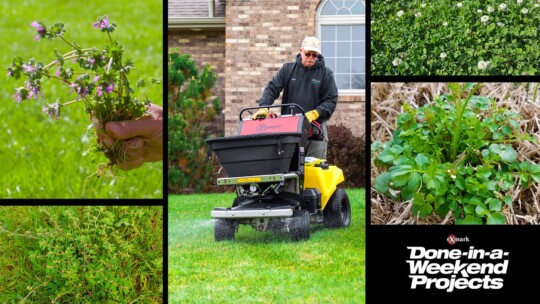When choosing what kind of plants to put down in their yard, most homeowners think of the what and the where. A beautiful plant in a prime location enhances curb appeal and even bragging rights. Less thought is given, however, to understanding your USDA plant hardiness zone, and all the ramifications that come with them.
What Is Plant Hardiness
Plant hardiness is the ability of a plant to survive adverse growing climates such as drought, flooding, heat, and cold. Ever watched with frustration as a late-season dip in the temperature leaves your beautiful buds with a serious case of frostbite? That’s why plant hardiness zones were developed.
In 2019, American farms contributed more than $136 billion to the gross national product (GNP). That’s less than half a percent of the overall gross domestic product (GDP), but still pretty impressive. And it’s why the USDA has long monitored weather data. If determining when the average final frost may occur for every region in the country is worth billions, what could that same knowledge mean for your garden? Well, choosing plants with hardiness levels appropriate to specific planting zones gives you the best chance of gardening and landscaping success.

RECOMMENDED VIDEO:
Raised Garden Bed Build with Joe Lamp’l
Raised beds are fairly easy to build and maintain. Plus, they are a great way to grow vegetables at home. Learn more about raised bed gardening in this video with gardening expert Joe Lamp’l and Done-In-A-Weekend Extreme host Doug Scott. Then, download plans to build the raised bed for vegetables featured in this video
What Is My Growing Zone
Maps vary, but generally the United States is divided into 13 zones. Zones 1-6 being the coldest, and 7-13 the warmest. In zone 1, there are just shy of 100 growing days on average. The number of days is defined as the length of time between the average first frost and the average last frost.
In Wisconsin, it could freeze as late as mid-May. (Brrr!!) But in Nashville, you could expect your plants to thrive without the threat of a frost all the way up to Halloween. Live in southern Georgia? You’re generally safe until around Thanksgiving.
Perennials Versus Annuals
Plant hardiness zones come into play with perennials. There’s a reason you see palm trees in Miami, not Minnetonka, Minnesota. In the case of perennials, it’s not about when the first frost is, but how cold it gets, and whether that plant can survive and thrive through the winter.
Plant hardiness zones are less important in the case of annuals. Because, these plants are only meant to last the length of one growing season; waiting until after the average first frost date will save you from having to re-plant. Even if your plant survives the frost, it may never match the photo you saw advertised at the nursery.
Planting Zone Rule of Thumb
Plant hardiness zone maps are, well, all over the map. Consider the number assigned to your zip code as a starting point. You may live right at the break between one zone and the other. A good rule of thumb is to remember that it’s better to guess too low, than too high. In the South, the heat can put real stress on a plant not made for it. Your particular geography can also affect your hardiness zone, like if you live on a hill or a valley.
Now that you’re “backyard smart” about plant hardiness zones, find out where your plant hardiness zone is here.



